The world of citrus fruits is rich with variety, and their peels have long been valued for their culinary, medicinal, and aromatic properties. Among these, orange peel and dried tangerine peel—commonly known as Chenpi in traditional Chinese medicine—are frequently mentioned yet often misunderstood. While both derive from citrus fruits, they differ significantly in their origins, processing methods, chemical compositions, and applications. This article delves into the nuances that set orange peel apart from dried tangerine peel, shedding light on their unique roles in human culture and health.
Origins and Botanical Classifications
Orange peel, as the name suggests, comes from oranges (Citrus sinensis), a fruit native to Southeast Asia but widely cultivated in tropical and subtropical regions globally. Oranges belong to the Rutaceae family and are celebrated for their juicy flesh and vibrant flavor. The peel, which protects the fruit’s interior, is thick, porous, and rich in essential oils.
Dried tangerine peel, or Chenpi, originates from tangerines (Citrus reticulata), a distinct species within the same family. Tangerines are smaller and sweeter than oranges, with thinner, looser skins that are easier to peel. The term Chenpi specifically refers to tangerine peels that have undergone a meticulous aging process, often spanning several years, to enhance their potency and flavor profile. This aging is a defining characteristic that distinguishes Chenpi from fresh or dried orange peel.
Processing Methods: Fresh vs. Aged
The preparation of orange peel is relatively straightforward. After consuming the fruit’s flesh, the peel is typically washed, dried, and sometimes grated or ground into a powder for culinary use. Fresh orange peel retains its bright, citrusy aroma and is commonly used to flavor dishes, beverages, and desserts. Dried orange peel, which is simply dehydrated, maintains many of the same properties but with a concentrated flavor.
Chenpi, however, undergoes a far more elaborate transformation. The peels are harvested from mature tangerines, carefully cleaned, and then sun-dried. But the process does not end there. To become Chenpi, the peels must be aged in a controlled environment, often for three years or more. During this period, they are periodically inspected and turned to prevent mold growth and ensure even drying. The aging process catalyzes chemical changes, breaking down harsh compounds and developing complex flavors and aromas. Some premium varieties of Chenpi are aged for over a decade, with older peels fetching higher prices due to their enhanced medicinal value.

Chemical Composition and Bioactive Compounds
Both orange peel and Chenpi contain a wealth of bioactive compounds, including flavonoids, terpenes, and essential oils. However, their profiles differ due to aging. Orange peel is rich in limonene, a terpene responsible for its fresh, zesty scent, as well as hesperidin, a flavonoid linked to antioxidant and anti-inflammatory effects. These compounds contribute to orange peel’s reputation as a digestive aid and immune booster.
Chenpi‘s aging process alters its chemical composition significantly. Over time, limonene levels decrease, while newer compounds, such as polymethoxylated flavones (PMFs) and synephrine, emerge. PMFs are noted for their potential cholesterol-lowering and anti-inflammatory properties, while synephrine is a stimulant that may aid in weight management. Additionally, the aging process reduces the peel’s bitterness, making it more palatable for medicinal and culinary applications.
Culinary Applications
Orange peel is a staple in Western cuisine, where its bright, tangy flavor enhances both sweet and savory dishes. Grated orange zest is used in cakes, cookies, marinades, and cocktails, adding a burst of citrusy freshness. Dried orange peel is often infused into teas or simmered in stews and sauces to impart a subtle, aromatic note.
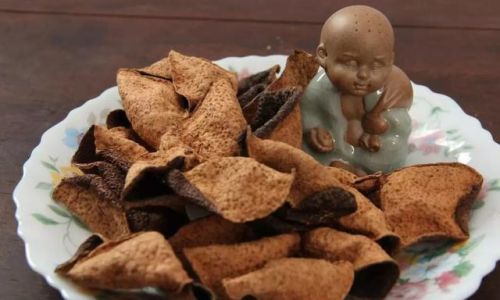
Chenpi, by contrast, is deeply rooted in Asian culinary traditions, particularly in Chinese, Japanese, and Korean cuisines. Its aged, mellow flavor complements slow-cooked dishes, soups, and braised meats, where it adds depth without overpowering other ingredients. In Chinese cooking, Chenpi is a key ingredient in Huadiao Wine, a fermented rice wine, and is used to flavor Dim Sum fillings, such as pork buns. Its ability to tenderize meat and neutralize greasiness makes it a prized component of regional cuisines.
Medicinal and Therapeutic Uses
Traditional medicine systems, including Ayurveda and Traditional Chinese Medicine (TCM), have long recognized the therapeutic potential of citrus peels. Orange peel is often recommended for alleviating digestive discomfort, such as bloating and indigestion, due to its high fiber content and essential oils, which stimulate gastric juices. It is also used in aromatherapy to uplift mood and reduce stress.
Chenpi, however, holds a revered status in TCM, where it is classified as a “Qi-regulating” herb. It is believed to strengthen the spleen, eliminate dampness, and harmonize the stomach. Studies suggest that Chenpi may aid in managing respiratory conditions like bronchitis, thanks to its expectorant properties, and could support cardiovascular health by improving blood circulation. Its anti-inflammatory effects are also being explored for potential applications in chronic disease management.
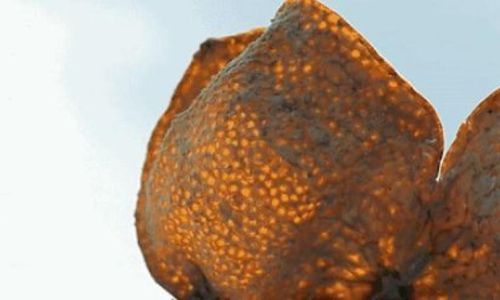
Cultural Significance and Symbolism
Orange peel, while culturally significant in Western traditions, lacks the ceremonial weight of Chenpi. In contrast, Chenpi is deeply intertwined with Chinese culture, where it symbolizes prosperity and longevity. During the Lunar New Year, Chenpi is included in festive dishes as an auspicious ingredient. Its inclusion in herbal remedies and culinary practices reflects the TCM philosophy of balancing the body’s energies.
How to Differentiate Orange Peel from Chenpi
For the untrained eye, distinguishing orange peel from Chenpi can be challenging. Fresh orange peel is thick, glossy, and brightly colored, ranging from orange to deep red. Its aroma is intensely citrusy and refreshing. Dried orange peel retains some of this vibrancy but becomes brittle and darker over time.
Chenpi, especially aged varieties, has a distinctive appearance. Its surface is often mottled with white veins (known as “oil glands”) and may have a dusty texture due to prolonged drying. The color ranges from pale yellow to dark brown, depending on its age. Aged Chenpi emits a complex aroma—sweet, earthy, and slightly bitter, with hints of spice and wood.

Common Misconceptions
A prevalent misconception is that all dried citrus peels are interchangeable. While orange peel and Chenpi share some uses, substituting one for the other can alter a dish’s flavor or a remedy’s efficacy. For instance, using fresh orange peel in a TCM decoction intended for Chenpi may fail to deliver the desired therapeutic effects due to differences in compound profiles.
Another myth is that Chenpi’s value lies solely in its age. While aging enhances its properties, improper storage or contamination during the aging process can render it ineffective or even harmful. Authentic Chenpi is sourced from reputable suppliers who adhere to traditional curing methods.
Conclusion
Orange peel and dried tangerine peel (Chenpi) are both gifts of the citrus world, yet they occupy distinct niches in global cuisine and medicine. Orange peel, with its vibrant flavor and immediate applications, is a beloved ingredient in Western kitchens. Chenpi, aged to perfection, embodies the patience and wisdom of traditional practices, offering a bridge between culinary artistry and holistic healing. Understanding their differences not only enriches our appreciation of these humble peels but also underscores the importance of context in harnessing nature’s bounty. Whether grating fresh orange zest into a dessert or simmering Chenpi in a healing broth, each peel tells a story of culture, science, and the enduring human quest to transform the ordinary into the extraordinary.
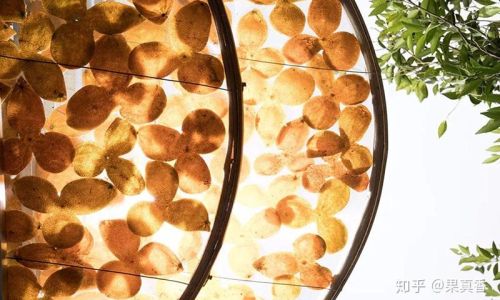
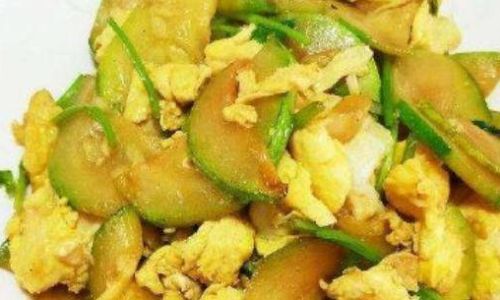
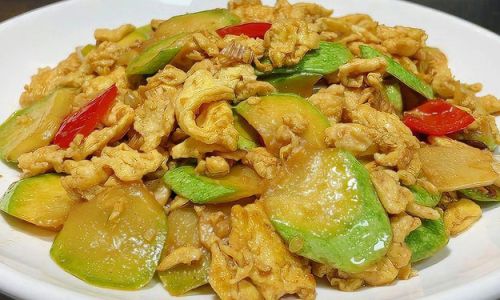
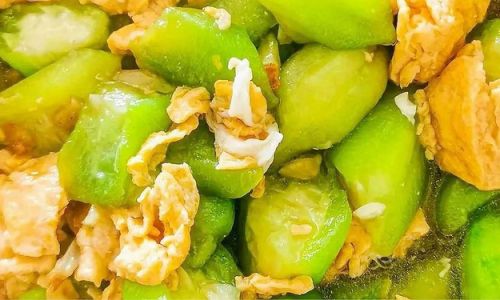
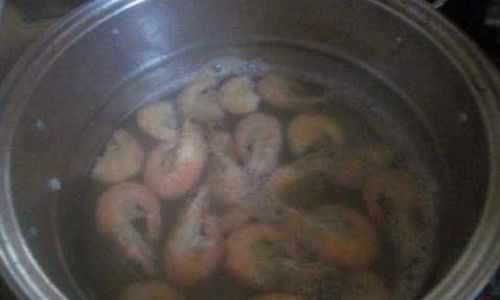
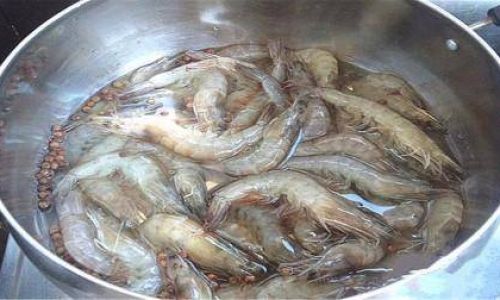
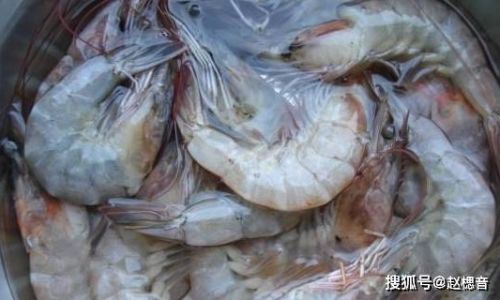
0 comments